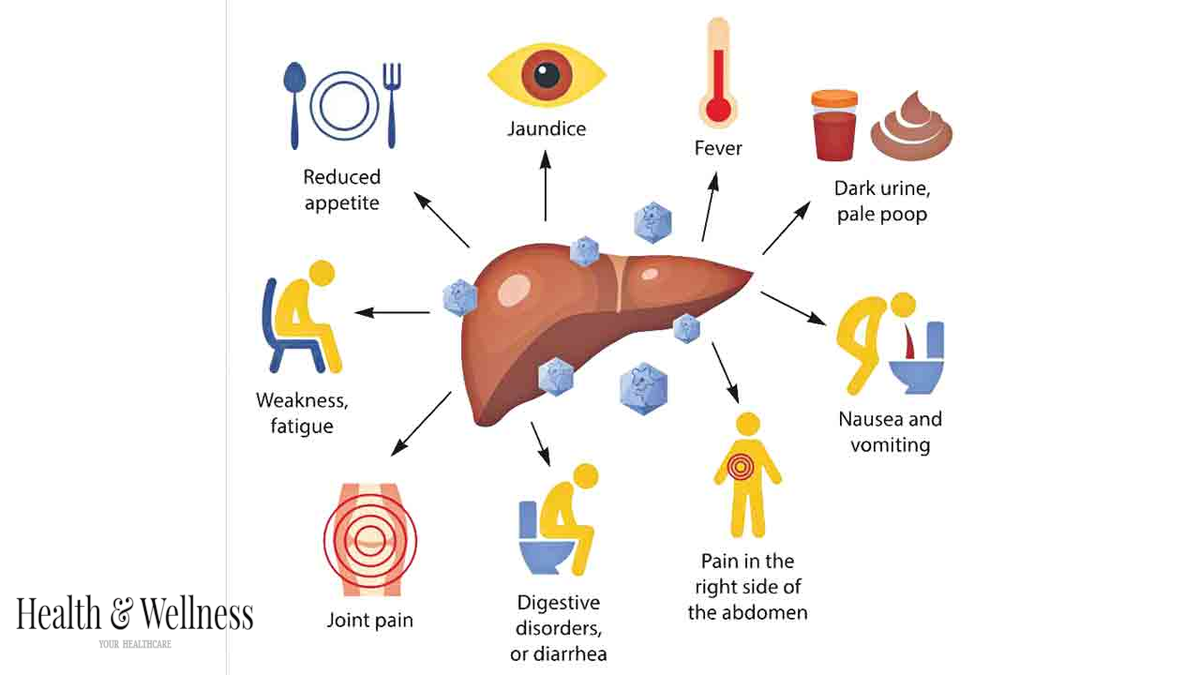All the information you require on the 2024 ACA Open Enrollment
Open enrollment for the Affordable Care Act (ACA) health insurance programme is now underway. If you haven’t been following along, you might be pleased with some of the most recent additions and modifications, which aim to reduce costs while providing coverage to millions more Americans.
Thanks to provisions in the Inflation Reduction Act, which extends financial assistance initially implemented by the American Rescue Plan, many people may experience decreased rates until 2025. Xavier Becerra, head of the Department of Health and Human Services (HHS), estimates that 15 million consumers who get premium tax credits through the federal insurance exchange save approximately $800 annually on average. Approximately 4.6 million more individuals received financial assistance in 2023 than in 2021, he
“Plans are now more reasonably priced than before. Furthermore, comparing your options is simpler now than it has ever been. Thus, in addition to saving more money, you will also save money since you can select the insurance plan that best suits the demands of your family, he says Fortune. “Four out of five individuals will actually be eligible for plans with monthly costs as low as $10.”
That may be difficult to accept given that a Kaiser Family Foundation analysis indicates that starting in 2024, unsubsidized plan premiums for the baseline second-lowest-tier silver plans will increase by an average of 5%. Nevertheless, the “subsidy cliff,” which set a maximum on financial assistance at 400% of the federal poverty level ($120,000 for a family of four) through 2025, was removed and extended premium subsidies by the Inflation Reduction Act.
Furthermore, KFF discovered that more insurers are joining new markets than are exiting the industry. Becerra claims that this gives customers other options. “They should also ensure that it is evident what makes them eligible for the subsidies.” You can get a rough idea of the amount of financial assistance you could be eligible for by quickly calculating your family’s income and household size.
This year, choosing the best plan is simpler.
The Secretary claims that healthcare.gov is attempting to remove some of the uncertainty from the process, while selecting a plan can still be difficult and time-consuming. As of right now, insurers must provide standardised plan options on both the federal and state exchanges, and by 2024, they must provide no more than four qualifying plans each metal level, with the possibility of offering coverage for dental and/or vision benefits. Plan year 2025 and after will give insurers only two alternatives per metal level. Additionally, consumers will notice that healthcare.gov has a more simplified design that facilitates side-by-side plan comparison.
Becerra emphasises that there are no out-of-pocket expenses for the majority of preventative care, including vaccinations, under any plan. “Vaccines under the marketplace plan will not incur any costs if you are covered by insurance, and we are making every effort to ensure that, even though the COVID vaccine is now commercial, it remains free of charge for everyone who needs it.”
The experts at healthinsurance.org advise you to reevaluate your options if you’re not currently on the exchange or have a high-deductible Bronze plan. You might be qualified for a subsidy today even if you weren’t before. Should you be qualified, the maximum amount of premiums you pay will be 8.5% of your total household income. Additionally, a few state-based marketplaces provide their own subsidies.
According to Becerra, HHS is also attempting to train additional primary care physicians in order to facilitate access to fundamental health services, including mental and behavioural health.
Since primary care doctors are the first line of treatment, “we’re doing quite a bit to work with states to ensure that we have the community of primary care physicians that we need, and that they’re being trained in behavioural health, mental health, and substance use disorders as well,” he says. “We want our health professionals to be able to start helping you as soon as you walk through the front door, not only when you get referred to a specialist. We are desperately in need of health professionals who understand behavioural health well.”
Strengthening the US Public Health Service’s Commissioned Corps is one strategy. Forgiveness of school loans is an option available to medical students and some other health professionals who work for five years or more in underprivileged communities.
Secretary Becerra advises checking healthcare.gov to see if you qualify for a subsidy as the first step if you’re still looking for the best plan for you or your family. Additionally, he recommends:
Re-enrolling automatically in your current plan is not advised. More alternatives and choices are available than ever before, and a more complete plan can be more cheap than you might expect with a cost-sharing or enhanced premium subsidy.
Don’t limit your comparison to premium prices. Consider the entire annual cost, including specialist consultations and prescription medication coverage. In the long run, a plan with lower premiums can wind up costing you more if the copays for specialist visits or drugs are greater.
If you’re unclear about the options and payment forms, get in touch with a marketplace navigator or call centre agent. Through this free service, you may get in touch with knowledgeable agents who can assist you in choosing the best plan for your requirements and figuring out if you’re eligible for financial assistance. According to the Centres for Medicare and Medicaid Services, navigators are providing more nontraditional appointment hours, utilising mobile units to provide consumers with in-person assistance, and providing virtual appointments with the goal of lowering transportation barriers. This will facilitate consumers’ access to assistance in enrolling in high-quality, reasonably priced health insurance and lessen health disparities in communities across the nation. Local help can also be obtained via brokers or agents.
Through their exchanges, the majority of states also provide free assistance; knowledgeable agents can assist you in navigating the options, determining your financial eligibility, and completing the enrollment process for health insurance in a single phone call.
Keep these deadlines in mind
Open enrollment for 2024 coverage on the federal exchange runs through Jan. 15, 2024 (or Jan. 16, 2024 due to the federal holiday on Jan. 15).
For coverage beginning on Jan. 1, 2024, you need to enroll by Dec. 15, 2023, on the federal exchange. In states with their own exchanges, you may have a bit more time, since they can set their own enrollment deadlines.
Some special enrollment periods (the time outside of open enrollment) may be extended if you were disenrolled from Medicaid. Those with low incomes can sign up for Marketplace coverage or change plans throughout the year.






